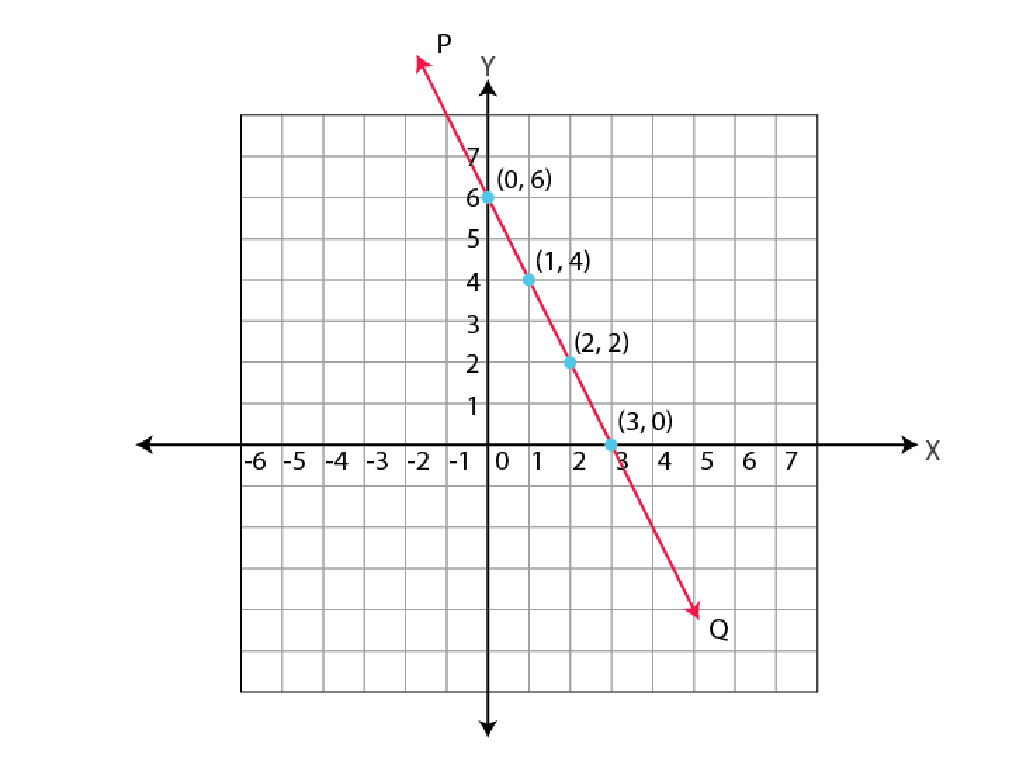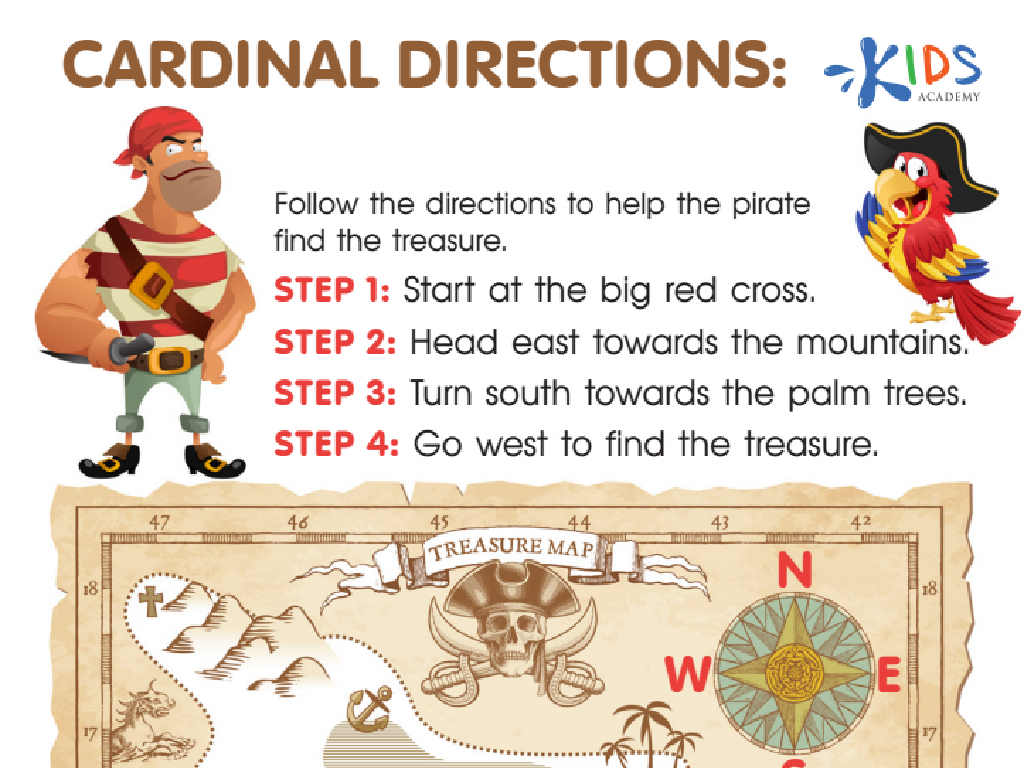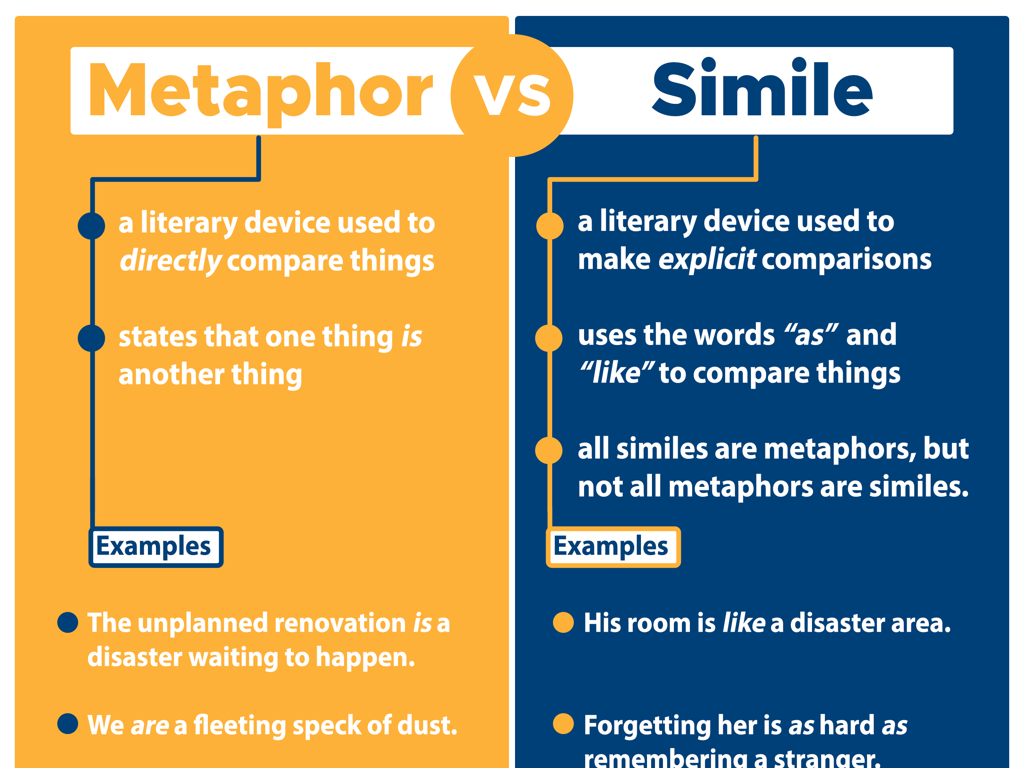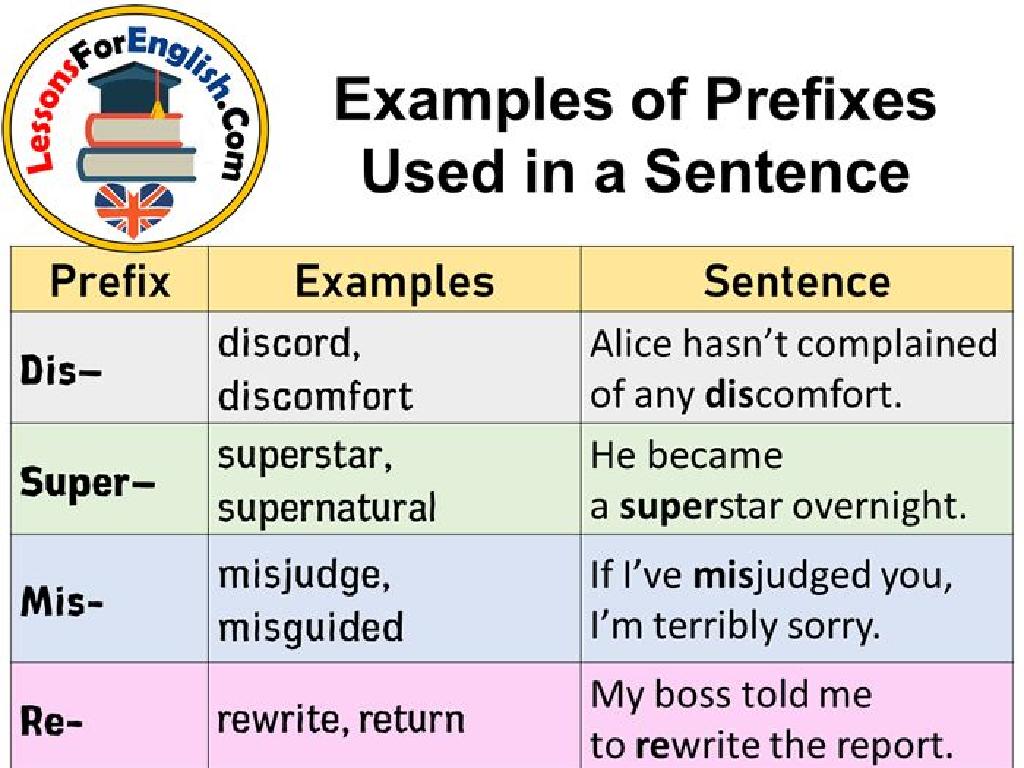Foundations Of Maya Civilization
Subject: Social studies
Grade: Seventh grade
Topic: Early Americas
Please LOG IN to download the presentation. Access is available to registered users only.
View More Content
Exploring the Ancient Maya Civilization
– Early Americas introduction
– Maya Civilization overview
– A Mesoamerican civilization known for its hieroglyphic script, art, architecture, mathematics, and astronomical system.
– Maya’s historical significance
– The Maya played a crucial role in history with their advanced cultural developments and long-lasting civilization.
– Contributions to culture and knowledge
– They developed a calendar system, made advancements in agriculture, and left behind impressive architectural structures.
|
This slide aims to provide students with a foundational understanding of the Maya civilization within the context of the Early Americas. Begin with a brief introduction to the geographical and cultural landscape of the Early Americas before delving into the specifics of the Maya civilization. Highlight the Maya’s innovative contributions to writing, art, and science, and discuss their enduring impact on both past and contemporary societies. Emphasize the significance of the Maya in history as a civilization that thrived for centuries, creating a legacy that continues to fascinate and inform. Encourage students to consider the ways in which the Maya have influenced modern culture and knowledge.
Geography of the Maya Civilization
– Location of Maya habitats
– The Maya lived in Central America, including parts of Mexico, Belize, Guatemala, El Salvador, and Honduras.
– Environmental impact on society
– Abundant resources led to advanced agriculture, influencing societal development.
– Trade routes significance
– Trade routes connected cities, spreading goods and cultural ideas.
– Maya cities and their roles
– Cities like Tikal and Chichen Itza were centers for trade, politics, and religion.
|
This slide aims to give students an understanding of the geographical setting of the Maya civilization and its impact on their society. The Maya occupied a diverse region with varying landscapes, which played a crucial role in their development. The environment provided rich resources that allowed the Maya to become skilled farmers, which in turn supported the growth of their society. Trade routes facilitated the exchange of goods like jade, obsidian, and cocoa, as well as ideas, which helped to unify the civilization culturally and economically. Maya cities served as hubs for these activities and were often religious and administrative centers. Encourage students to think about how geography can influence the development of a civilization and compare it to other societies they have studied.
Exploring Maya Society
– Grasp the social hierarchy
– Kings and priests at the top, peasants at the bottom
– Roles within Maya society
– Different jobs like farmers, weavers, and traders
– Compare ancient and modern hierarchy
– How does it differ from today’s social structure?
– Reflect on societal roles
|
This slide aims to provide students with an understanding of the Maya social structure and its members’ roles. The Maya civilization had a well-defined hierarchy with kings and priests at the top and peasants at the bottom. Students should learn about the various roles, including specialized jobs like farmers, artisans, and traders, and how each contributed to society. Encourage students to think critically by comparing the Maya social structure with modern society’s structure, discussing similarities and differences. This comparison will help students appreciate the complexities of social hierarchies and their evolution over time. The discussion can also touch on the value and respect for different societal roles, both in ancient times and in the present day.
Maya Achievements in Science and Writing
– The Maya calendar’s role
– Used for agriculture, religion, and to mark events
– Maya glyphs and writing
– Complex system with symbols representing sounds and words
– Mathematics in Maya culture
– Developed the concept of zero, enhancing calculations
– Maya contributions to astronomy
– Tracked celestial movements, predicting eclipses
|
The Maya civilization was remarkable for its achievements in various fields. The Maya calendar was not just a way to keep time; it was deeply intertwined with their agriculture, religious ceremonies, and historical record-keeping. Their writing system, composed of glyphs, was one of the most sophisticated in the ancient Americas, allowing them to record their history and knowledge. In mathematics, the Maya were ahead of their time, understanding the concept of zero, which allowed them to make accurate calculations and develop a complex number system. Astronomy was also a significant field for the Maya, as they could predict astronomical events like solar eclipses with great precision. These achievements demonstrate the advanced understanding the Maya had of the world around them.
Daily Life of the Maya
– Farming: Maize, beans, squash
– Staple crops cultivated using slash-and-burn agriculture
– Religion’s role in daily life
– Gods worshiped daily, rituals for cycles of life
– Maya art and architecture
– Pyramids, sculptures, and murals show artistic legacy
– The Ball Game: A sport
– Ritual sport with rubber balls in stone courts
|
This slide aims to give students a glimpse into the daily life of the Maya civilization, focusing on their agriculture, religious practices, and cultural achievements. The Maya were skilled farmers, growing staple crops like maize, beans, and squash using slash-and-burn techniques. Religion permeated every aspect of Maya life, with various gods representing natural elements and daily rituals to honor them. Artistic expression was evident in their sophisticated architecture, like pyramids, and in their sculptures and murals. The Maya also engaged in a ritual sport known as the Ball Game, played with rubber balls in specially constructed courts. Encourage students to compare the Maya civilization with modern society, noting similarities and differences in daily life activities.
The Mysterious Decline of the Maya Civilization
– Theories on Maya decline
– Environmental changes, warfare, and resource depletion are some theories.
– Analyzing evidence and viewpoints
– Archaeological findings and historical records offer varied interpretations.
– Civilizations’ changes over time
– Civilizations evolve due to internal and external factors, including environment and human activity.
– Impact of Maya’s decline on history
|
This slide explores the complex theories surrounding the decline of the Maya civilization. Students should understand that the fall of a civilization can be due to multiple factors, and the Maya are no exception. Theories range from environmental changes, such as drought, to social issues like warfare and political instability. It’s crucial to discuss how evidence from different sources can lead to multiple viewpoints on the same event. Highlight the importance of considering all evidence before drawing conclusions. Additionally, discuss the broader concept of how civilizations change over time and are affected by a variety of factors. This discussion can lead to a deeper understanding of the fragility and resilience of human societies.
The Enduring Legacy of the Maya Civilization
– The Maya legacy in modern times
– Influences in art, architecture, and astronomy
– Contemporary Maya communities
– Over 6 million Maya in Central America maintain their identity
– Preserving Maya heritage
– UNESCO protects sites like Chichen Itza and Tikal
– Maya traditions today
– Celebrations like Day of the Dead and language preservation
|
The Maya civilization, known for its advanced writing, architecture, and astronomical systems, has left a lasting legacy that continues to influence modern culture. Today, Maya people strive to maintain their distinct identity, often in the face of challenges. Efforts to preserve their culture and traditions are evident in the protection of archaeological sites and the continuation of traditional practices. UNESCO has designated many ancient Maya cities as World Heritage Sites, ensuring their conservation for future generations. In the classroom, discuss the importance of cultural preservation and how ancient civilizations like the Maya still impact our world today. Encourage students to explore the connections between past and present in the context of the Maya civilization.
Class Activity: Create Your Own Glyph
– Review Maya writing system
– Create a personal glyph
– Design a glyph for your name or a concept
– Share glyphs with the class
– Explain your glyph’s meaning
– Tell the story behind your creation
|
In this engaging class activity, students will apply their knowledge of the Maya writing system by creating their own glyphs. Begin with a brief review of the Maya glyphs, emphasizing their use in recording language and events. Each student will then design a unique glyph that represents their name or a concept important to them. After creation, students will have the opportunity to present their glyphs to the class and explain the meaning behind their designs. This activity not only reinforces their understanding of the Maya writing system but also allows for creativity and personal expression. For the teacher: Prepare examples of Maya glyphs, provide materials for drawing, and consider creating a glyph gallery in the classroom to display the students’ work.






